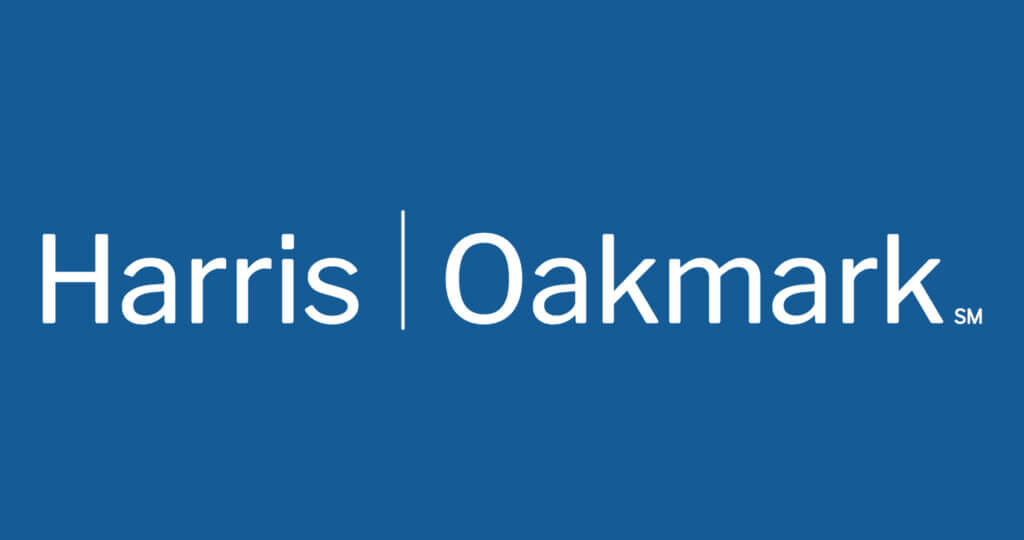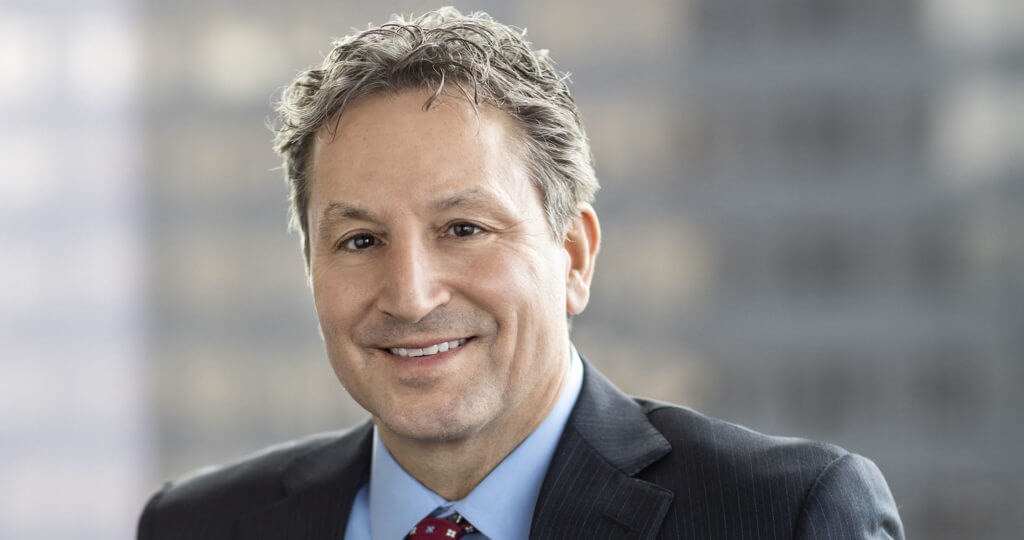Oakmark International Fund - Investor Class
Average Annual Total Returns 12/31/12
Since Inception 09/30/92 10.37%
10-year 11.23%
5-year 3.52%
1-year 29.22%
3-month 13.82%
Gross Expense Ratio as of 09/30/12 was 1.06%
Past performance is no guarantee of future results. The performance data quoted represents past performance. Current performance may be lower or higher than the performance data quoted. The investment return and principal value vary so that an investor’s shares when redeemed may be worth more or less than the original cost. The To obtain the most recent month-end performance data, view it here.
The Oakmark International Fund returned 14% for the quarter ended December 31, 2012, outperforming the MSCI World ex U.S. Index, which returned 6% over the same period. The Fund’s calendar-year performance was strong in absolute and relative terms, returning 29% versus the MSCI World ex U.S. Index’s return of 16%. Most importantly, the Fund has returned an average of 10% per year since its inception in September 1992, outperforming the MSCI World ex U.S. Index, which has averaged 6% per year over the same period.
Daiwa Securities Group, Japan’s second-largest broker, was the largest contributor to performance for the quarter, returning 44%. Daiwa has been mentioned as a detractor in previous letters because it had been hurt by numerous factors, including a particularly weak Japanese stock market and decreased equity- and capital-market activity in Japan. However, many recent positive events in Japan have caused the equity market to rally. A new prime minister was elected and has indicated his intention to press for macroeconomic reform. One of his goals is to increase inflation targets to try to reverse two decades of deflation. The mere discussion of such reforms caused the market to rally and the Japanese yen to weaken to levels not seen in more than two years. Further improvements in economic growth should have a positive impact on Daiwa. Management’s focus on retail and asset management may also be a game changer. Daiwa spent three years researching this venture and came up with an Internet bank that gives customers access to Daiwa branches. The company aims to attract customers by offering higher rates and a better platform than competitors in the hope that customers will move more of their deposits to investment products. Daiwa’s balance sheet is well-capitalized, and we continue to believe it is a powerful franchise.
Lloyds Banking Group, the dominant retail bank in the U.K., was the top contributor to performance for the year, returning 94%. As discussed in last quarter’s letter, we initiated our Lloyds position in December 2011, when uncertainty about macroeconomic conditions and Lloyds’s management succession caused shares to fall. Prices have since rebounded. The new CEO, Antonio Osorio, is more focused on cost efficiency and risk controls than previous leaders, and he is intent on disposing of non-core assets. The HBOS integration continues. We expect credit costs to come down as Lloyds works through its HBOS book. We continue to believe that this integration affords significant opportunities for cost improvements, although it will be some time before they are realized. We believe Lloyd’s strong deposit franchise is being significantly undervalued by the market in today’s extremely low interest rate environment. Lloyds has very little exposure to PIIGS (Portugal, Ireland, Italy, Greece and Spain), and we believe it is a great investment for our shareholders.
ROHM, a Japanese-based semiconductor manufacturer, was the top detractor for the quarter and year, falling 5% and 30%, respectively. The first-half results were weaker than we expected, largely due to depressed domestic audio-visual (e.g. TVs, video recorders and cameras) equipment sales. Slowing phone handset demand in Europe also weighed on performance. Both sales and profits were below the company’s original estimates, and management lowered full-year forecasts. ROHM plans to enact some cost-cutting initiatives, including a staff reduction of approximately 5% over the next two years. In addition, management intends to shut down and/or consolidate some facilities, especially relating to the Lapis business. These changes should reduce fixed costs by JPY 8.3 billion and lower variable costs by JPY 1.5 billion. Our recent discussions with ROHM’s management were encouraging, and we believe the company’s new focus on business expansion outside Japan will be positive and could lead to many new opportunities. In our view, this potential, plus a very solid balance sheet, makes ROHM very attractively priced at this time.
During the quarter we sold our position in Reed Elsevier. We purchased three new names, one of which has been owned previously: Check Point Software (Israel), the second-largest IT security company in the world; Christian Dior, a French luxury goods manufacturer; and H&M, a Swedish clothing designer and retailer.
Our geographical composition changed slightly over the past quarter. Our European holdings decreased to approximately 67%, and our Pacific Rim exposure increased to approximately 29%. Our Latin America and North America (Canada) exposure decreased slightly to approximately 3%, and we initiated Middle East exposure of approximately 1% with the purchase of Check Point Software.
We continue to defensively hedge the Fund’s currency exposure. Due to the U.S. dollar’s weakness relative to other global currencies, we currently hedge four underlying currencies. At quarter-end, approximately 57% of the Australian dollar, 43% of the Swedish krona and 33% of the Swiss franc exposure were hedged. We also continue to hedge the Japanese yen, but due to its recent weakening, we decreased our hedge to approximately 24%.
We would like to thank our shareholders for continuing to support us and our value-investing philosophy.
Happy New Year!
As of 12/31/12, Daiwa Securities Group, Inc. represented 4.0%, Lloyds Banking Group PLC 3.0%, ROHM Co., Ltd. 1.9%, Reed Elsevier PLC 0%, Check Point Software Technologies, Ltd. 1.2%, Christian Dior SA 0.1%, and Hennes & Mauritz AB (H&M) – Class B 0.4% of the Oakmark International Fund’s total net assets. Portfolio holdings are subject to change without notice and are not intended as recommendations of individual stocks.
The Fund’s portfolio tends to be invested in a relatively small number of stocks. As a result, the appreciation or depreciation of any one security held by the Fund will have a greater impact on the Fund’s net asset value than it would if the Fund invested in a larger number of securities. Although that strategy has the potential to generate attractive returns over time, it also increases the Fund’s volatility.
The MSCI World ex U.S. Index (Net) is a free float-adjusted market capitalization index that is designed to measure international developed market equity performance, excluding the U.S. This benchmark calculates reinvested dividends net of withholding taxes using Luxembourg tax rates. This index is unmanaged and investors cannot invest directly in this index.
Investing in foreign securities presents risks that in some ways may be greater than U.S. investments. Those risks include: currency fluctuation; different regulation, accounting standards, trading practices and levels of available information; generally higher transaction costs; and political risks.The discussion of the Fund’s investments and investment strategy (including current investment themes, the portfolio managers’ research and investment process, and portfolio characteristics) represents the Fund’s investments and the views of the portfolio managers and Harris Associates L.P., the Fund’s investment adviser, at the time of this letter, and are subject to change without notice.







